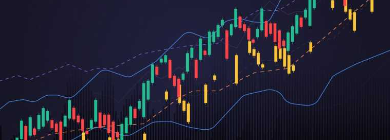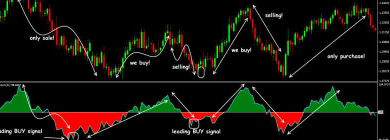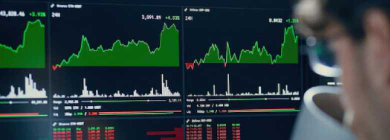The S&P Technology Index, the best performer among the 11 major S&P sectors this year, fell 0.95% in the biggest decline of the session.
Apple fell 2.78%, the biggest drag on both the benchmark S&P index and the Nasdaq Composite, after an analyst at TF International Securities said demand for its latest iPhone 16 models was weaker than expected.
Demand concerns also weighed on chipmakers, with Nvidia, the best performer on the S&P 500 this year, down 1.95%, Broadcom down 2.19% and Micron Tech down 4.43% to push the Philadelphia SE Semiconductor Index down 1.41%.
“If people want to raise a lot of money quickly, how do they do it? They sell names that they can sell really quickly without ruining it. So you can sell Apple, you can sell Nvidia, you can sell Amazon. sell, you can sell Microsoft very quickly and raise a lot of cash,” said Ken Polcari, chief market strategist at Slatestone Wealth in Jupiter, Florida.
“They want to do it in front of the Fed if they’re getting nervous or they want to raise cash to have cash available to operate.”
The Dow Jones Industrial Average was up 228.30 points, or 0.55%, at 41,622.08, the S&P 500 was up 7.07 points, or 0.13%, at 5,633.09 and the Nasdaq Composite was down 91.85%, or 91.85%, at 41,622.08.
Of the 11 S&P 500 sectors, only tech and consumer discretionary stocks were lower on the day while financials, up 1.22%, and energy, up 1.2%, were the best performers.
Markets have rallied since the start of this year on expectations that the Fed will begin to loosen its monetary policy, while data suggests the economy may avoid entering a recession.
The Dow closed at a record high on Monday and the S&P 500 is less than 1% off its record close in July.
According to CME’s FedWatch tool, market expectations about the size of the rate cut the Federal Reserve will announce on Wednesday have been volatile in recent days and are currently pricing in a 59% chance of a 50-basis-point cut.
Intel Corp rose 6.36% after it qualified for $3.5 billion in federal grants to make semiconductors for the US Department of Defense.
Boeing fell 0.78% after the planemaker said it was weighing temporary furloughs in the coming weeks and a strike by its workers extended into its fourth day.
Lead issues outperformed decliners by a 2.74-to-1 ratio on the New York Stock Exchange. On the Nasdaq, advancers outpaced decliners by a 1.17-to-1 ratio.
The S&P 500 posted 88 new 52-week highs and one new low while the Nasdaq Composite posted 143 new highs and 83 new lows.
Volume on US exchanges was 9.74 billion shares compared to the full session average of 10.75 billion over the last 20 trading days.
(You can now subscribe to our ETMarkets WhatsApp channel)




















